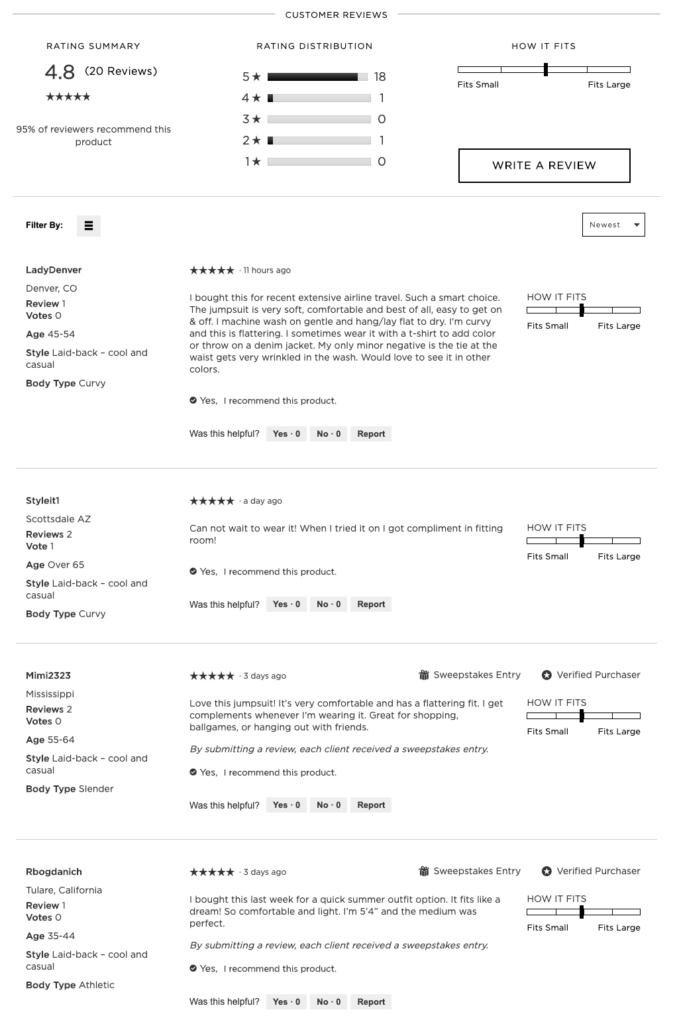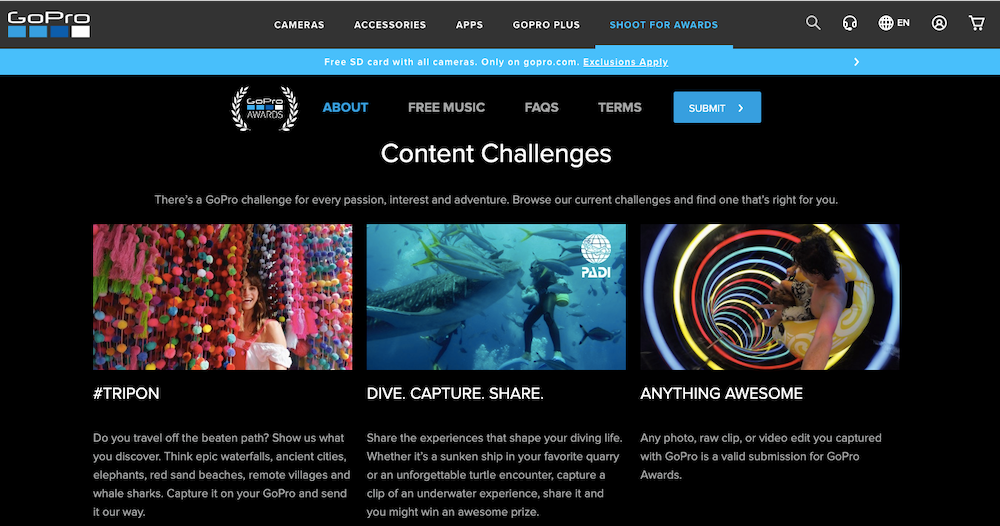3 Ways User-Generated Content Can Help Your Marketing Strategy
Think of all of the pictures, videos, and posts you scroll through on your social media accounts every day. These are all forms of ‘user-generated content’ (UGC), which is content made and posted by other online users, just like you. Not limited to only influencers on social media, UGC can also include personal blog posts, vlogs or other edited or unedited video content, product, travel or business reviews, and more.
Consumers are sharing more than ever: from the brunch eaten this morning, to the great outfit found on sale, to the service received while staying at a hotel. By finding a way to harness these shared moments and opinions, brands can have a very authentic and personal way to connect with their consumers — which is extra significant when you take these recent survey results into account:
Although 92% of marketers believe most or all of the content they create resonates as authentic, only 51% of consumers say less than half of brands create authentic content.
These survey results show us a huge disconnect — marketers are relying on brand-created content, which is actually not the content that consumers are viewing as most genuine: “consumers are 2.4x more likely to say user-generated content (UGC) is authentic compared to brand-created content, while marketers are 2.1x more likely to say brand-created content is authentic compared to UGC”.
These statistics prove that it’s time to take UGC into consideration in your marketing strategy. Here are three ways for you to take advantage.
1. Reviews
79 percent of people say user-generated content highly impacts their purchasing decisions. Think about it: what is the first thing most people do when looking to eat at a new restaurant, find a hotel to vacation at, or make an online purchase? They read the reviews. One of the greatest benefits of UGC is that it can provide free marketing to a business who is doing it right, and it helps to build trust in that brand.
Brands make promises to their consumers and UGC can help to prove those promises – if a hotel boasts a 5-star environment, and its consumer comments and photos uploaded to review sites (like TripAdvisor) can validate that, it provides free social proof that that hotel is delivering on its promises.
Start encouraging your customers to leave reviews about your business wherever possible: these can be referenced on your website or Facebook account, or through third-party review sites like Google, Yelp, TripAdvisor, etc. If you’re finding it difficult to collect reviews organically, you can try to incentivize your customers with promo codes or gift cards. If you can, try to respond to each review that has been given, as a way to thank your customers and show your appreciation for their time and feedback.
And if you receive a negative review (it happens!) consider it a learning opportunity and an opportunity to further the trust of current and future customers by responding appropriately.
Check out an example of some customer reviews on Loft.com:

2. Branded Hashtags
Uniquely branded hashtags can be a very valuable marketing tool for your business. They allow you to immediately expand the reach of your brand, by allowing anyone not already following you to click on the hashtag and see related results.
A hashtag campaign can use free samples, prizes or promo codes to encourage your followers to share or create content on their social media accounts, referencing your unique hashtag in their post. This will boost your hashtag as “trending”, which in turn will boost brand awareness and engagement with both current and new followers.
When coming up with your hashtag campaign, make sure you follow a few best practices:
- Make sure the hashtag is easy to spell
- Make it catchy, so it’s easy to remember
- Make sure it hasn’t been used by competitors or other brands, to avoid duplication and confusion
- Make sure to promote your branded hashtags in all relevant posts, tweets, video content, etc.
Earlier this year, Beyoncé released a new song “Before I Let Go”. To promote this song and her new documentary on Netflix, she launched the #BeforeILetGoChallenge, encouraging followers to come up with their own dance choreography to her lyrics. It generated over 34,000 instagram posts in a week and ended with a massive dance party in Times Square.
3. Video Submissions
Video content is such an effective way to connect with your audience, with UGC video viewed 10 times more than brand video across YouTube. Videos uploaded by customers are very shareable, and can greatly increase your brand’s following, engagement and credibility.
GoPro is great example of a brand taking advantage of its customer’s content: the GoPro Awards “celebrate content creators like you daily”. GoPro encourages users to submit their best photos, raw clips and video edits directly through their website, for the opportunity to win cash awards in each category.
Anything from cute moments with your kids to cooking, camping, surfing and snowball fights could be a contender for a GoPro Award. Amateur, Professional or in between, we want to see it all.
This campaign is a great way to build a trusted community around GoPro, and rewards customers for their real, unedited content — which in turn is a great way to promote GoPro’s products and their capabilities.

—
Today’s consumers are tech -and social savvy, and often trust the word of fellow consumers over a brand’s transparent marketing campaigns. By taking advantage of your customer’s user-generated content, you capitalize on the opportunity to expand your brand in a much more authentic and personalized way.


